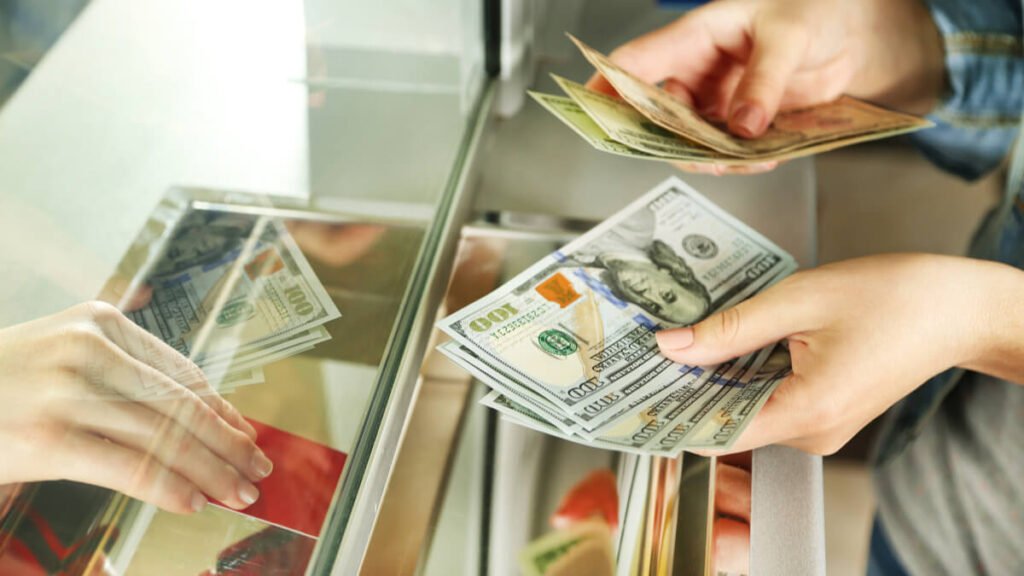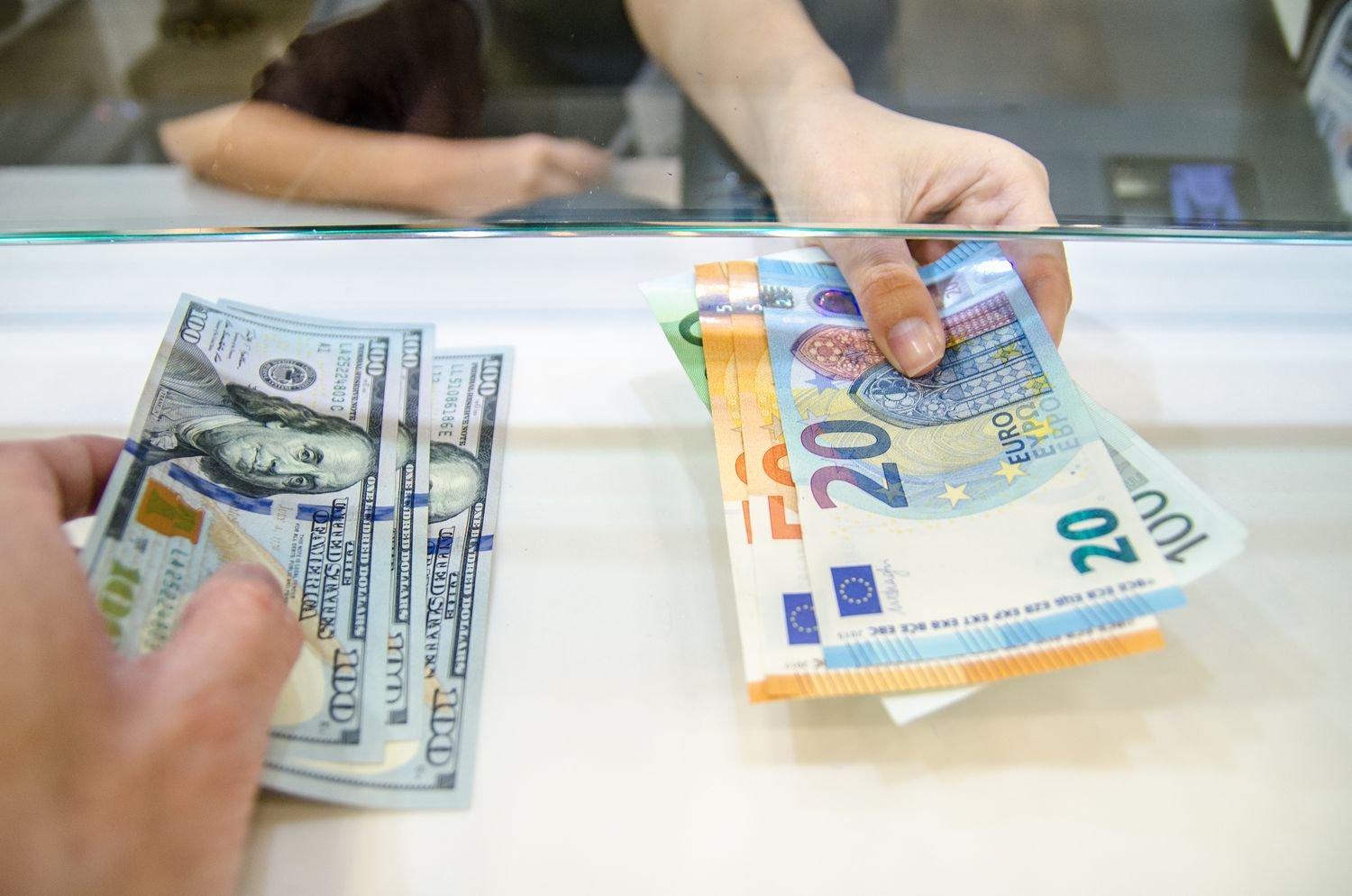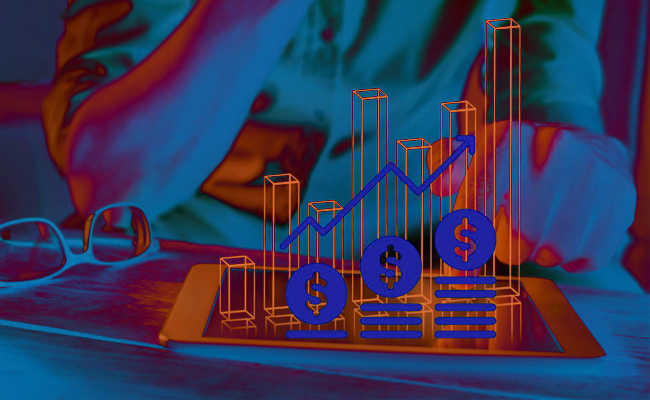In our increasingly globalized world, the currency converter has become an essential tool for travelers, businesses, and investors alike. Whether you’re shopping online from another country, planning a trip abroad, or dealing in international trade, you’ll encounter foreign exchange rates — the value of one currency compared to another. But how exactly do these rates work, and how do currency converters calculate conversions so precisely? Let’s explore the fascinating world of currency exchange and conversion.
What Is a Currency Converter?
A currency converter is a tool — digital or manual — used to calculate the value of one currency in relation to another. It uses the latest foreign exchange rates (forex rates) to determine how much one currency is worth when exchanged for another.
For example, if the exchange rate between the U.S. Dollar (USD) and the Indian Rupee (INR) is 1 USD = 83 INR, then a converter will tell you that $100 = ₹8,300.
Currency converters are widely used by:
- Travelers to estimate expenses abroad
- Businesses for international transactions
- Investors and traders in the forex market
- E-commerce platforms to display prices in multiple currencies
Understanding Foreign Exchange Rates
A foreign exchange rate (or forex rate) is the price of one currency expressed in terms of another. These rates are not fixed — they fluctuate constantly due to changes in global economic and market conditions.
There are two main types of exchange rates:
How Currency Exchange Works
Foreign exchange rates are determined in the foreign exchange market (Forex or FX market) — the largest and most liquid financial market in the world, with trillions of dollars traded daily.
The process works like this:
- Currency Demand and Supply:
When demand for a currency increases (for example, when more people want to buy U.S. dollars), its value rises relative to others. - Trading Between Banks and Institutions:
Banks, governments, and traders continuously buy and sell currencies. This global trading determines real-time exchange rates. - Interbank Rates:
The rate at which banks exchange currencies with each other is known as the interbank rate. Online currency converters and money transfer services base their calculations on this rate, often adding a small margin or commission.

Factors Affecting Foreign Exchange Rates
Several factors influence the movement of exchange rates, including:
- Interest Rates: Higher interest rates attract foreign investment, increasing currency demand.
- Inflation: Lower inflation tends to strengthen a currency’s value.
- Economic Growth: Strong GDP growth attracts investors and boosts currency value.
- Political Stability: Countries with stable governments usually have stronger currencies.
- Trade Balance: A country exporting more than it imports typically has a stronger currency.
- Market Sentiment and Speculation: Traders’ perceptions and predictions can drive short-term fluctuations.
How Currency Converters Calculate Values
Most online currency converters use live exchange rate APIs provided by financial institutions or forex platforms. Here’s how the calculation works:
Formula:
Converted Amount = Amount × Exchange Rate
For example:
If 1 Euro = 1.09 USD and you want to convert 500 Euros:
500 × 1.09 = 545 USD
However, if you’re exchanging money physically or through a bank, you might notice a difference between buying rate and selling rate — the margin or profit charged by the service provider.
Real-World Applications of Currency Conversion
- Travel:
Travelers convert money to spend in another country using local exchange services or ATMs abroad. - Online Shopping:
International e-commerce platforms use converters to display prices in the buyer’s local currency. - Forex Trading:
Investors trade currency pairs like EUR/USD or USD/JPY to profit from fluctuations. - Remittances and International Payments:
Banks and fintech apps like Wise, PayPal, and Revolut convert currencies for cross-border transfers using live rates.
Understanding how currency converters and foreign exchange rates work helps individuals and businesses make informed financial decisions in a global economy. Exchange rates are influenced by complex economic forces, but at their core, they reflect the value of one nation’s economy against another.
Whether you’re an international traveler, online shopper, or forex investor, keeping an eye on live exchange rates ensures smarter spending and better financial management in a world without borders.
What is Nifty 50 and How It Works
Auction Website Design And Development
![]()





